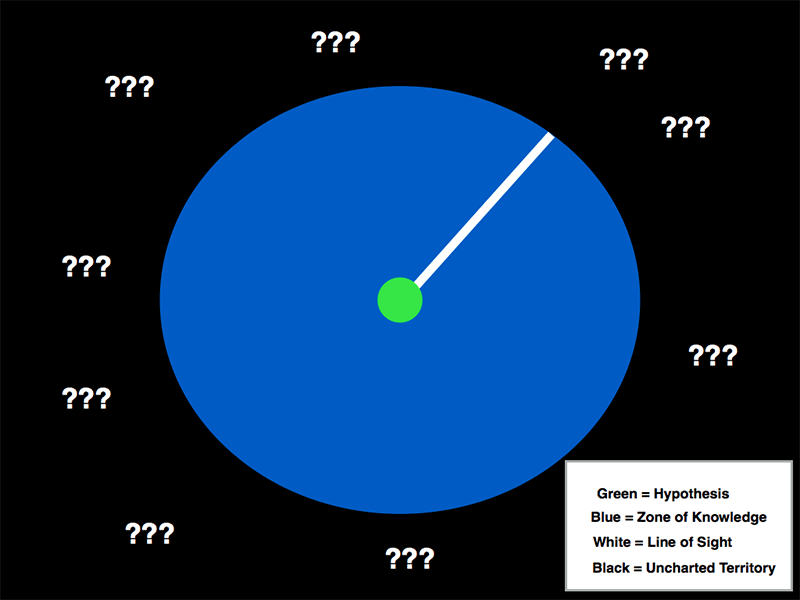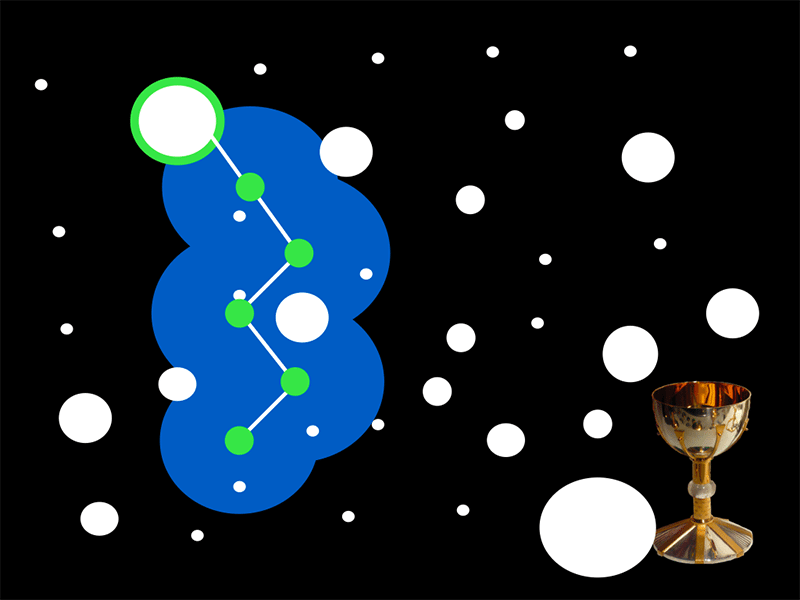Product I: Charting Product-Market-Fit
Episode #2 of the course The crash course guide to starting up by Alex Schiff
Hi all,
Today’s a fun lesson for me because we’re going to discuss what I believe to be the most important topic of the entire course: Product-Market-Fit. This module will last for two emails, with this one focused on theory and tomorrow’s focused on tactics and applications.
First, let’s start with some definitions.
Defining Product-Market-Fit
Achieving Product-Market-Fit (PMF) means you have successfully delivered a product that customers are willing to pay for in a market large enough to build a business. Simply put, it means “things are working.”
PMF is not just a product idea. It’s getting a set of things right and making sure they reinforce each other:
1. defining a product or service that will be valued by a target set of customers
2. identifying a sufficiently large market to support the kind of business you want to build
3. determining a business model that successfully monetizes the product or service
4. developing channels and strategies that will allow you to reach customers effectively
5. building a team and organizational structure that allows you to bring your product or service to your target market
Until you get all five of these on at least a serviceable level, you are default-dead, not default-alive.
Charting Product-Market-Fit
But it doesn’t happen overnight. When you first get started, you have a very limited view of your possible outcomes. It looks like this:

Let’s break this down:
• Green dot = your “Current Hypothesis.” This is about what you should build.
• White line = your “Line of Sight.” This is how “far” you can see from your current position (a function of your product intuition, which itself is a function of experience).
• Blue circle = your “Zone of Knowledge.” This is the landscape you will be able to identify and quantify, given your current pivot reach and the accumulation of your previous iterations.
• Black space = “Uncharted Territory.” You know there are many potential outcomes out here, but you don’t know what or where they are.
Now, when you zoom out beyond your individual perspective, the full story looks more like this.

I call this an “Opportunity Map.” The white dots are opportunities—the bigger the dot, the bigger the opportunity. The biggest of all is the Holy Grail in the bottom-right. You can identify and quantify the opportunities inside your Zone of Knowledge (blue circle), but if it’s outside, as far as you know, it’s just a bunch of question marks.
As you talk to customers, ship product, get feedback, and gain experience in the market, you make changes. You take the product in unexpected directions, sell it into different markets, or completely change the distribution model. Your Zone of Knowledge continues to expand, and you spot opportunities of varying sizes as you go.
If you’re both really skilled and really lucky, your iteration cycles might lead to this:

Congratulations! You’ve discovered the largest opportunity your industry has to offer, and the right recipe to exploit it. Now it’s up to you to execute.
However, depending on the decisions you make, they could just as easily lead to something like this:

This is definitely not a bad outcome—it could lead to a $50 million exit. It’s just not the best possible one you could have reached from your starting point.
And with a really short Line of Sight, you might just give up before you see any opportunities:

From these examples, you’ll notice a few things:
1. On each iteration cycle, your Line of Sight gets a little bit longer, so your aggregate Zone of Knowledge grows at an exponential (not linear) rate. Experience in a market pays off.
2. There are many small opportunities and very few large ones.
3. You might only partially understand an opportunity depending on how you approach it.
4. There are only a few ways to speed up the process:
a. Increase Line of Sight.
b. Pick a better starting point.
c. Accelerate the pace of trying new ideas.
Finally, you can always choose to flip the table and choose to try out a different Opportunity Map entirely. :)
That’s all for today! Tomorrow, we’ll go over what this journey looks like in the trenches: talking to customers.
Onward!
Alex
Recommended book
Will It Fly? How to Test Your Next Business Idea So You Don’t Waste Your Time and Money by Pat Flynn
Share with friends

